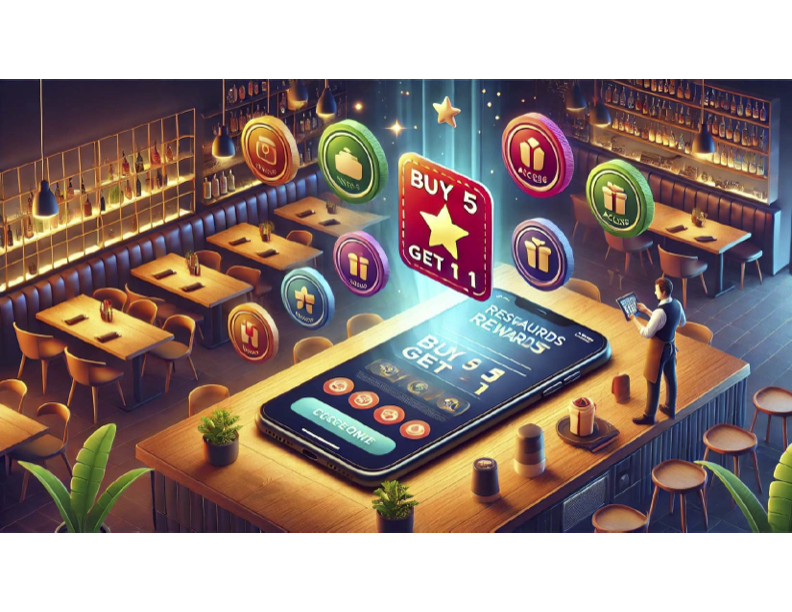In today’s competitive restaurant industry, customer loyalty is more valuable than ever. With countless dining options available, businesses must find innovative ways to keep customers coming back. One of the most effective methods? A well-designed restaurant loyalty program.
What Is a Restaurant Loyalty Program?
A restaurant loyalty program is a rewards system that incentivizes repeat visits by offering perks, discounts, or freebies to customers who frequently dine at a particular establishment. These programs can be digital, app-based, or as simple as a punch card.
Why Restaurants Are Investing in Loyalty Programs
Restaurants of all sizes are turning to loyalty programs as a strategy to boost customer retention, increase revenue, and build stronger relationships with their patrons. Here’s why:
-
Increases Customer Retention – It’s far more cost-effective to retain existing customers than to acquire new ones. A loyalty program gives customers a reason to choose your restaurant over competitors.
-
Encourages Higher Spending – Studies show that loyalty members tend to spend more per visit than non-members.
-
Provides Valuable Customer Data – Digital loyalty programs help businesses track customer preferences and dining habits, allowing for more personalized marketing and promotions.
-
Creates a Sense of Community – Exclusive perks and VIP experiences make customers feel valued, fostering a stronger emotional connection to the brand.
Popular Types of Restaurant Loyalty Programs
Not all loyalty programs are created equal. Here are a few common models that restaurants use:
-
Point-Based Systems – Customers earn points for every dollar spent and can redeem them for discounts or free menu items.
-
Tiered Programs – Rewards increase as customers reach new spending milestones, encouraging them to dine more frequently.
-
Punch Cards – A simple yet effective system where customers receive a reward (e.g., a free meal) after a set number of visits.
-
Subscription-Based Loyalty – Some restaurants offer paid memberships that grant exclusive deals, discounts, or early access to new menu items.
-
Gamified Rewards – Interactive programs that incorporate games, challenges, or surprise rewards to make the experience more engaging.
Best Practices for a Successful Loyalty Program
To ensure your loyalty program is effective, consider the following best practices:
-
Keep It Simple – A complicated rewards structure can discourage participation. Make it easy for customers to understand and use.
-
Offer Meaningful Rewards – Discounts, free items, or VIP experiences should be enticing enough to motivate repeat visits.
-
Leverage Technology – Mobile apps, digital wallets, and QR codes make loyalty programs more accessible and trackable.
-
Promote Your Program – Make sure customers know about your program through social media, in-store signage, and staff recommendations.
-
Continuously Improve – Gather feedback and analyze data to refine and optimize your loyalty program over time.
The Future of Restaurant Loyalty Programs
As technology continues to evolve, restaurant loyalty programs will become even more personalized and interactive. AI-driven insights, mobile integrations, and real-time rewards will shape the future of customer engagement. Restaurants that embrace these advancements will have a competitive edge in retaining loyal patrons and increasing revenue.
Final Thoughts
A restaurant loyalty program isn’t just about rewarding customers—it’s about building lasting relationships and fostering a sense of appreciation. Whether you're a restaurant owner looking to implement a program or a diner seeking great rewards, these programs create a win-win scenario for all.
If you haven’t joined or implemented a restaurant loyalty program yet, now is the time to dive in and experience the benefits firsthand!

